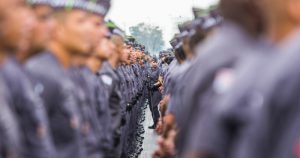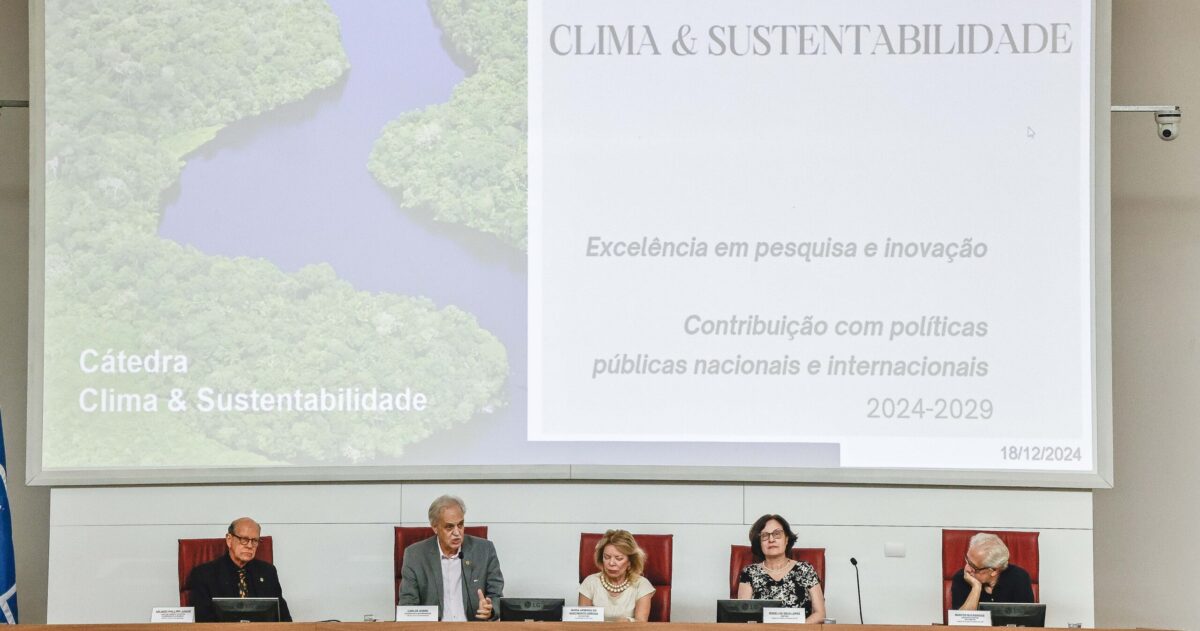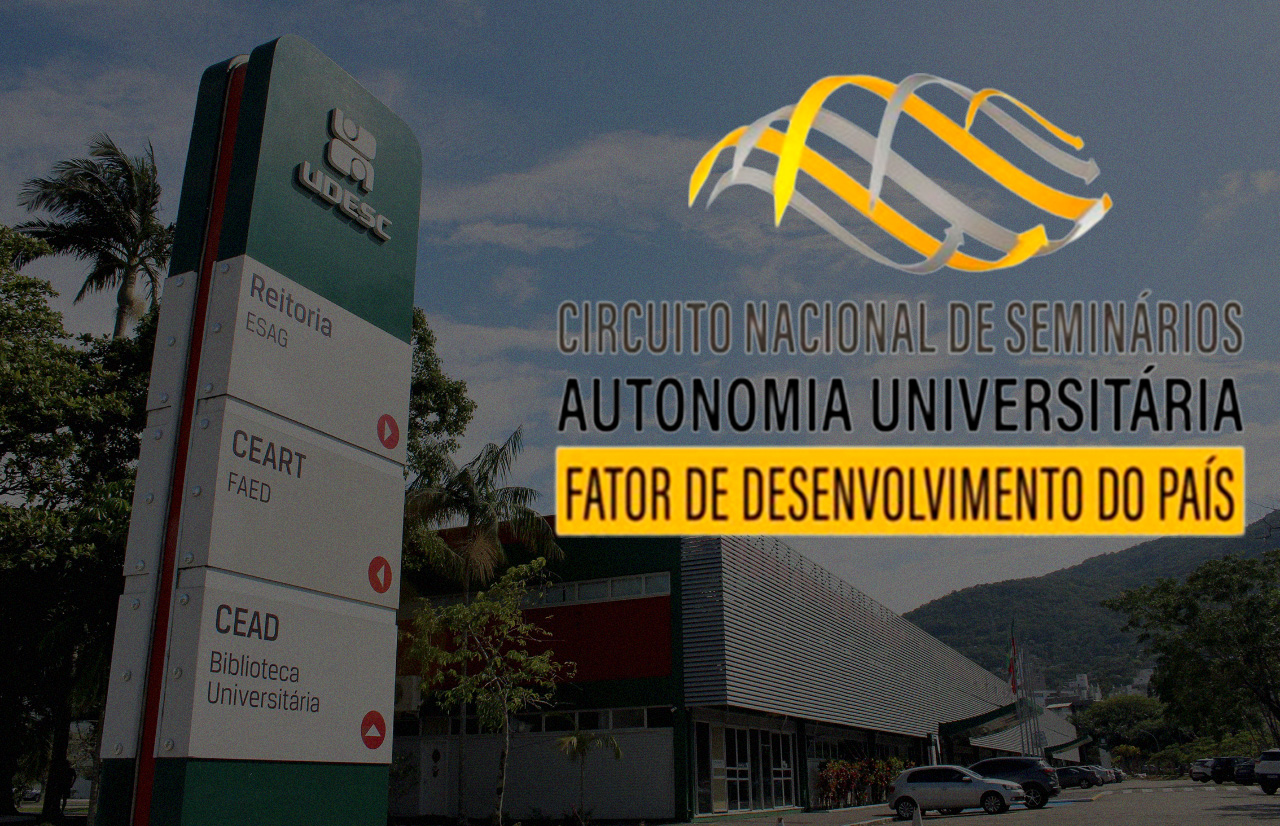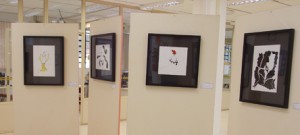
.
 In a dispute that lasted five years and involved more than 300 teams from 70 countries, the Brazilian team won third place in the international XPRIZE Rainforest competition, one of the largest initiatives to map the biodiversity of tropical forests in the world. The final phase was in the Brazilian Amazon, along with five other finalist teams, and the national team, based in the city of Piracicaba, in São Paulo, was coordinated by the professor at USP’s School of Agriculture Luiz de Queiroz (ESALQ) Vinicius Souza, with the support of the Luiz de Queiroz Agricultural Studies Foundation (Fealq).
In a dispute that lasted five years and involved more than 300 teams from 70 countries, the Brazilian team won third place in the international XPRIZE Rainforest competition, one of the largest initiatives to map the biodiversity of tropical forests in the world. The final phase was in the Brazilian Amazon, along with five other finalist teams, and the national team, based in the city of Piracicaba, in São Paulo, was coordinated by the professor at USP’s School of Agriculture Luiz de Queiroz (ESALQ) Vinicius Souza, with the support of the Luiz de Queiroz Agricultural Studies Foundation (Fealq).
In the last stage of the challenge, held from July 7 to 30 of this year, in the community of Tumbira, Sustainable Development Reserve of Rio Negro, the finalist teams had the task of mapping the biodiversity present in 100 hectares of the Amazon Forest, without human presence in the area. To this end, data should be collected within 24 hours and information relevant to biodiversity was reported within the next 48 hours.
The Brazilian researchers, from the so-called Brazilian Team, developed equipment and technologies involving drones, sensor arrangements, terrestrial robotics, tree branch collectors, water, litter and soil designed to obtain samples of plants, animals, DNA, images and sounds for biodiversity assessment.
In total, the Brazilian team documented 418 organisms, of which 266 were identified up to the species level, three of which were possibly new to science. Complex interactions between species were also recorded and those that offer valuable ecosystem services for the forest bioeconomy were identified. The field survey at this stage was conducted by 18 members of the Brazilian Team over 24 hours and, in the next 48 hours, the other team members collaborated to process, analyze the data and prepare the final report delivered to the coordination of the challenge.
“The team strived to identify plants and animals to the most refined taxonomic level possible, taking advantage of these identifications for analysis and insights into local biodiversity,” explained team coordinator Vinicius Souza of Esalq. “The teams’ discoveries will benefit not only Brazil, but also countries in Latin America, Africa and Asia that have tropical forests in their territories.”
With the US$500,000 prize, the Brazilian Team plans to create a fund for research and training aimed at the conservation and restoration of the Amazon and the Atlantic Forest, further strengthening the legacy of innovation and preservation left by the competition.
.
Innovation & efficiency
The Brazilian Team is organized into six groups: Robotics, Remote Sensing, Bioacoustics, DNA, Biodiversity and Insights and has more than 100 employees with multidisciplinary technical-scientific knowledge (such as biologists, engineers, economists, computer scientists and lawyers), mostly Brazilian, but also from ten other countries, representing a few dozen national and international institutions.
BT’s robotics group developed customized, innovative and low-cost equipment to show the biodiversity of the forest efficiently, including in areas of difficult access. The team intends to train members of local communities to be able to take ownership of these technologies in the future. A practical example is the use of drones to locate species of interest to local populations, facilitating access to resources for subsistence or commercialization, thus improving the planning of the economic activities of these communities. The robotics team also designed a portable tube centrifuge for processing genetic material in the field, already in the process of being patented.
More than a thousand Amazonian species, including animals and plants, had their DNA sequenced before the end of the competition, to help identify the species during the final. None of these species had been previously sequenced. The DNA group developed a series of laboratory protocols and bioinformatic analyses to obtain DNA sequences in the field, from the largest number of species, in the shortest possible time. These innovations allowed a reduction of up to 90% in the costs of some molecular procedures, in addition to facilitating the identification at the same time of species from different taxonomic groups from a single sample.
The remote sensing group has advanced in the development of innovative methodologies to quantify forest carbon and biomass, in addition to measuring biodiversity, all integrated into a digital platform called Floreviewer, which receives data, processes and generates reports in the cloud. The group also innovated by developing autonomous sampling methods, using programmed drones to capture images of trees of interest. With sufficient resolution to observe even the ribs of the leaves, the images were analyzed by AI algorithms of Pl@ntNet, trained to recognize species, which were later quantified and recorded on the map with their exact location in the forest.
The Bioacoustics group, in partnership with the Robotics group, developed solutions for collecting audio recordings in the forest canopy, in clearings and even in aquatic environments. Protocols and software were developed that use artificial intelligence for the detection, classification and automated identification of vocalizations of different animal groups, such as birds, amphibians, bats, primates, in addition to insect sounds. In addition, more than 16 thousand recordings of animal sounds were recorded by BT in the Amazon and used to train the algorithms.
To organize biodiversity information, the Insights group created the CESSABR (Contextual Ecosystem Services on Amazon of Brazil) platform, which collects and categorizes data on the uses of species and the ecosystem services they offer, from use for food and wood to carbon capture and ecotourism services. CESSABR is a prototype database with a list of 4,996 species of flora and 6,290 species of fauna of the Brazilian Amazon.
The Brazilian Team also highlighted the commitment to indigenous and traditional communities, with an approach aligned with Brazilian legislation. Initiatives were proposed to train young people from these communities in the use of technologies that enhance the sustainable economic development of the region they inhabit, promoting knowledge and increasing the productivity of forest resources.
More information about the Brazilian Team on the team page here.
.
Text: Luiz de Queiroz Agricultural Studies Foundation
English version: Nexus Traduções











































